by Mike Haskew
During the Battle of the Little Bighorn, June 25-26, 1876, troopers of the U.S. 7th Cavalry Regiment under the command of Lieutenant Colonel George A. Custer were massacred by Lakota Sioux, Arapaho, and Cheyenne braves led by Crazy Horse, Sitting Bull, and other prominent chiefs and visionary holy men, near the Little Bighorn River in central Montana Territory. The battle, which has come to be known as “Custer’s Last Stand,” came about with the 1874 exploration of the Black Hills of South Dakota by troops under Custer’s command. Gold deposits were found in the Black Hills, which were located within the Great Sioux Reservation, and when negotiations for their purchase failed, the Native American tribes refused to move to a separate reservation.
A military expedition against the allied tribes followed in the spring of 1876, with the 7th Cavalry Regiment comprising a large component of one of several U.S. Army contingents sent to subdue them. Custer’s 7th Cavalry was detached from a larger Army force under the command of General Alfred Terry. The tribes numbered approximately 8,000 people with up to 1,800 warriors, while Custer’s command numbered fewer than 500.
[text_ad]
Dividing His Regiment
Custer’s scouts located the tribes’ camp in the valley of the Little Bighorn River on June 24. Plans for a dawn attack on June 26 were discarded amid concerns that the element of surprise had been lost. Custer divided his regiment into three separate forces. He retained command of 210 troopers and placed others under Major Marcus Reno and Captain Frederick Benteen.
Reno’s command was hit by the warriors and suffered heavy casualties, retreating across the river and up a steep slope to better defensive positions. Reno’s survivors encountered Benteen, and it had become apparent that the situation was growing more critical. The troopers were besieged from the afternoon of June 25 until dusk the following day when the entire Native American village was once again on the move.
Surrender Within a Year
Custer’s separate battle raged along high ground that is known today as Custer or Battle Ridge, east of the Little Bighorn. Although the exact course of events that took place is unknown, Custer’s command was surrounded, and five companies of the 7th Cavalry were annihilated, suffering 268 dead, including Custer, and 55 wounded.
Although Custer’s Last Stand was a memorable victory for the tribes, overwhelming force compelled them to surrender within a year.
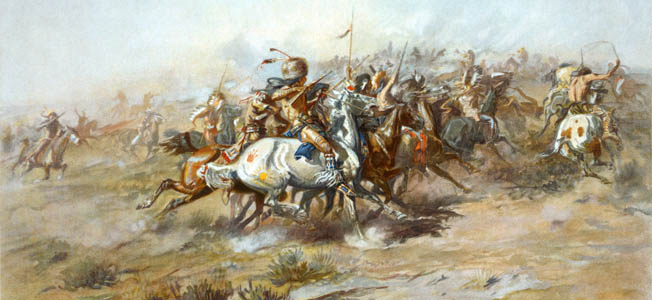

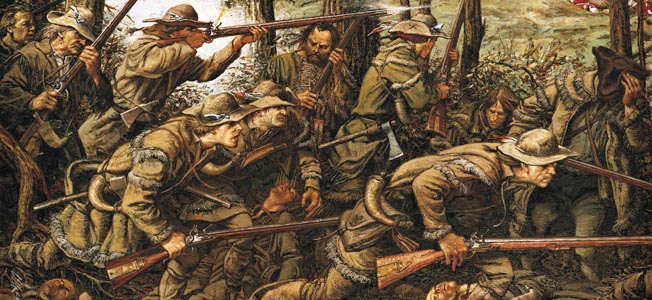
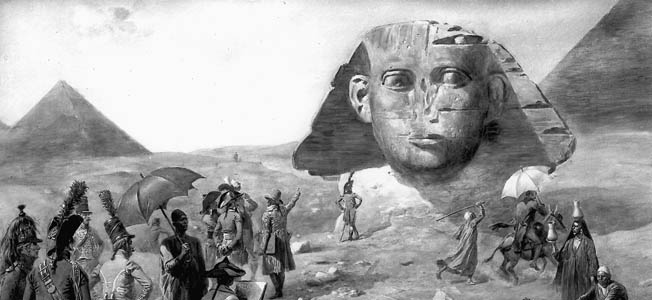
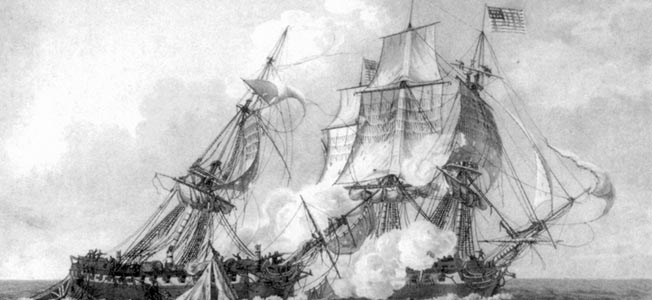
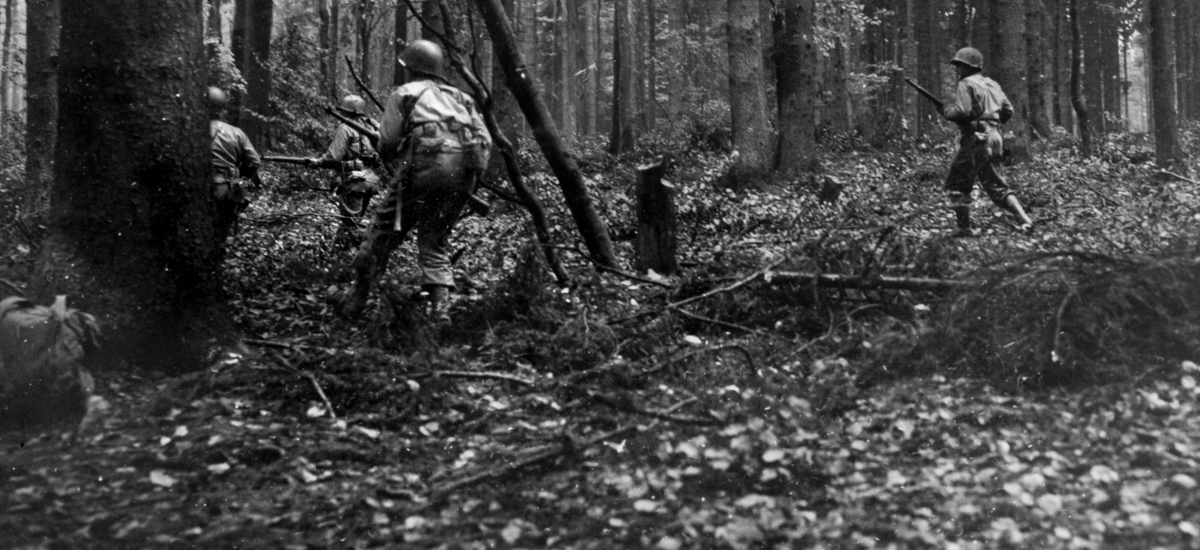
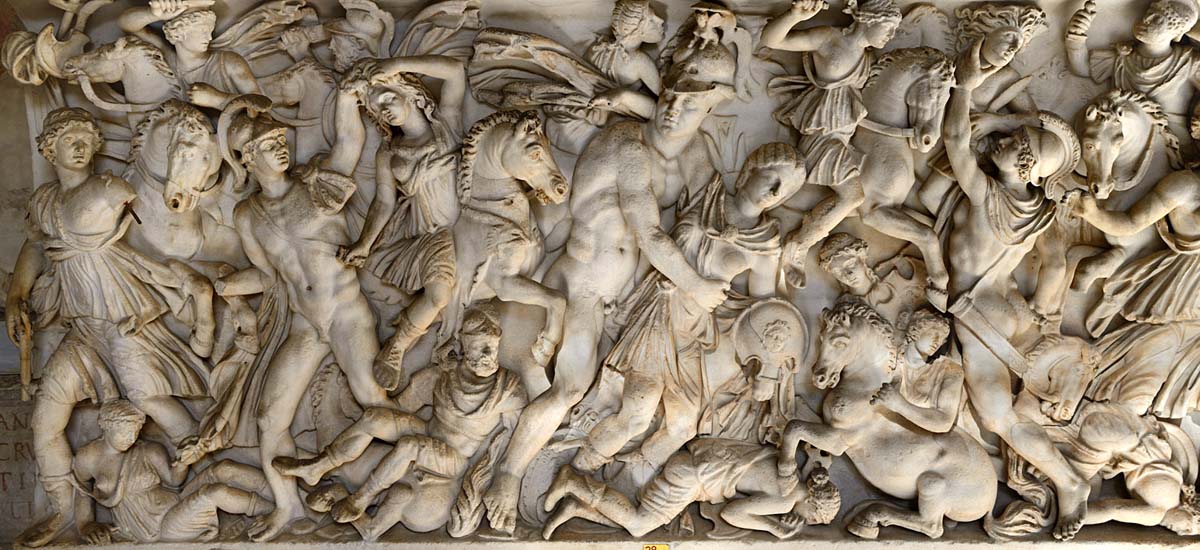
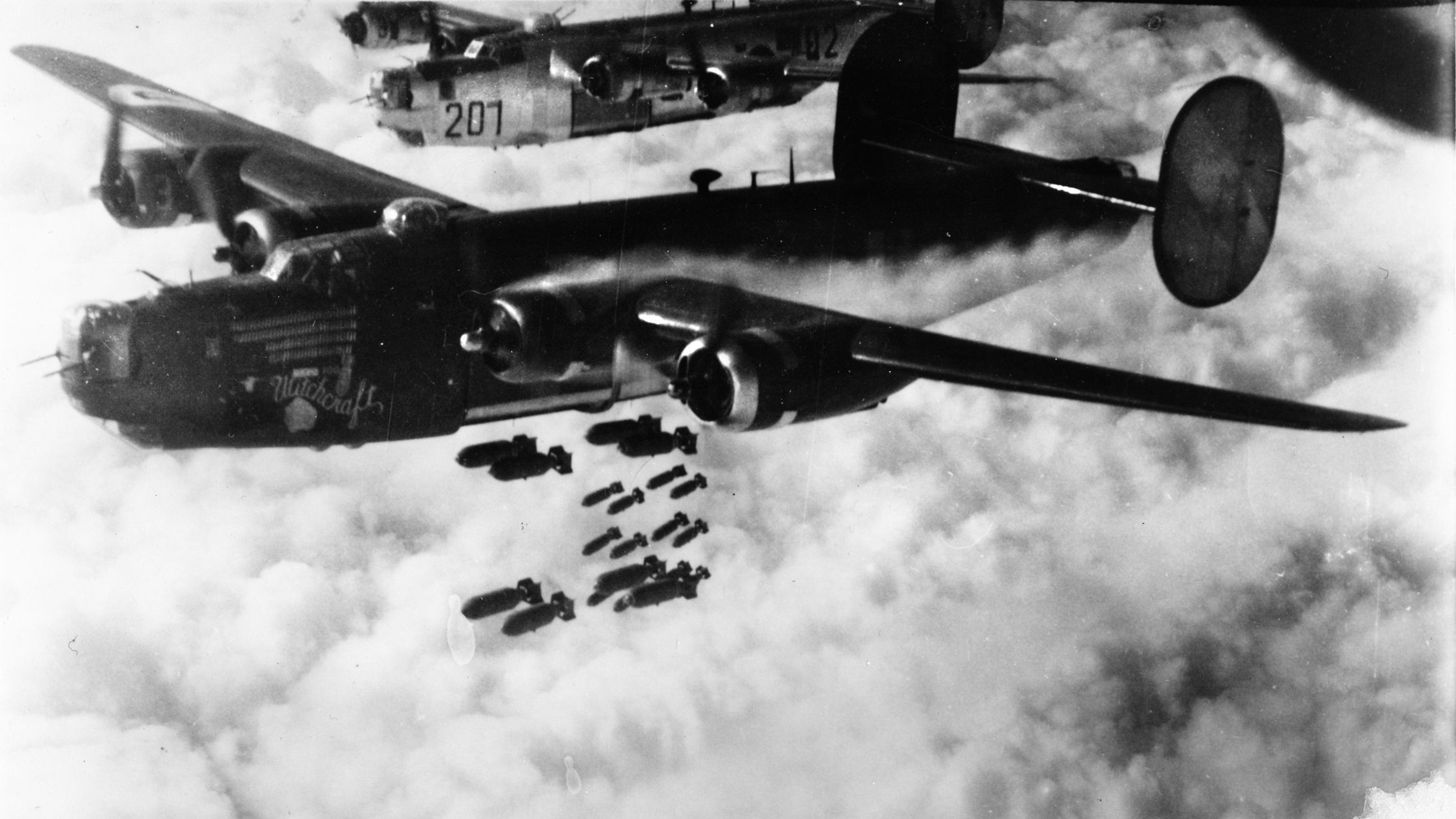
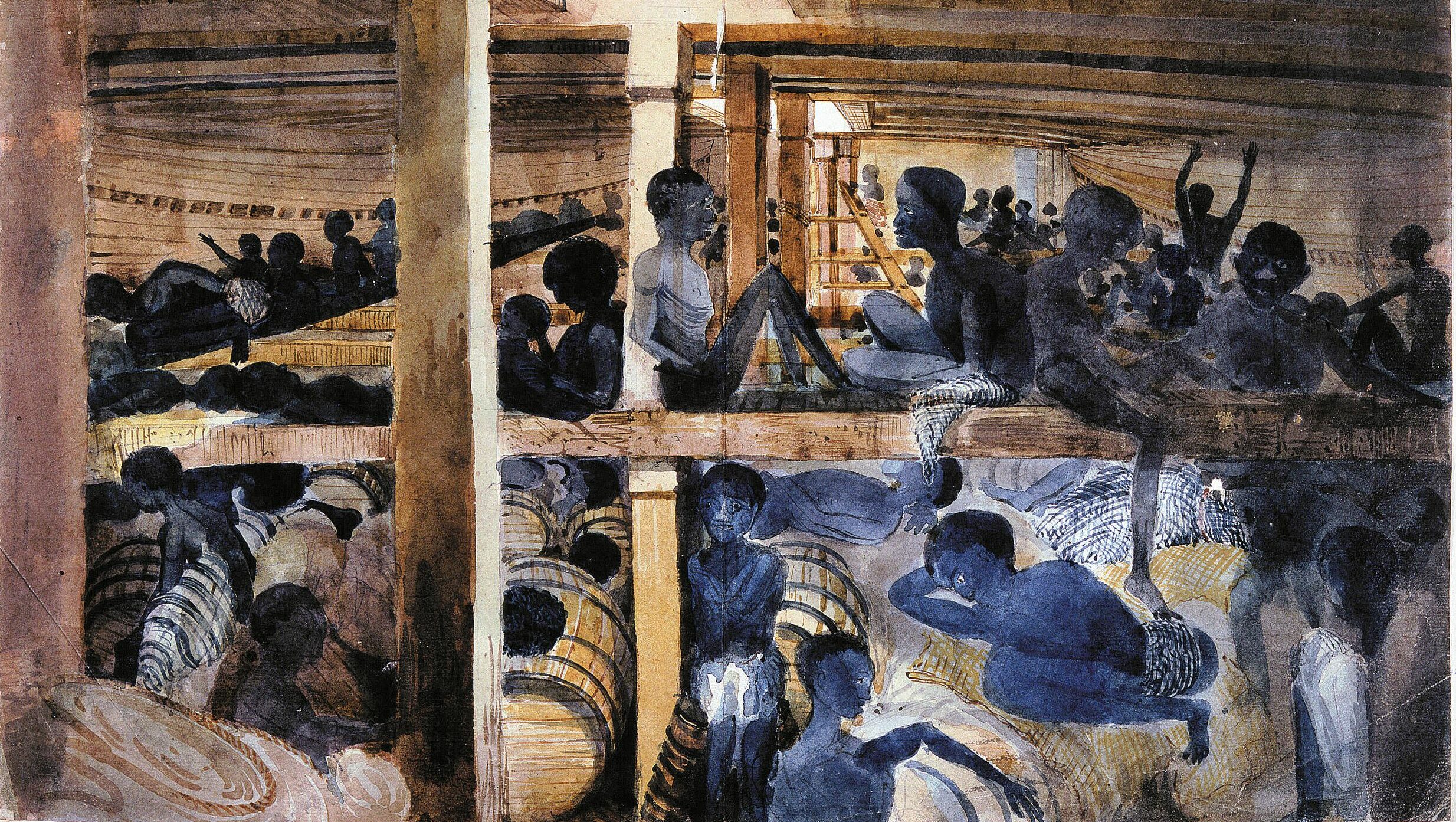
Join The Conversation
Comments
View All Comments